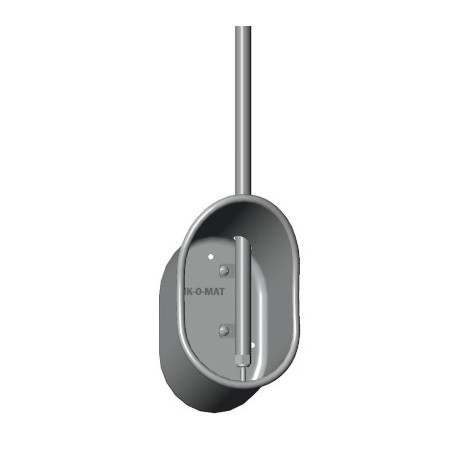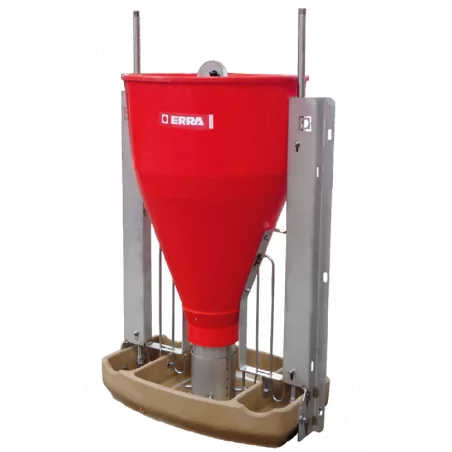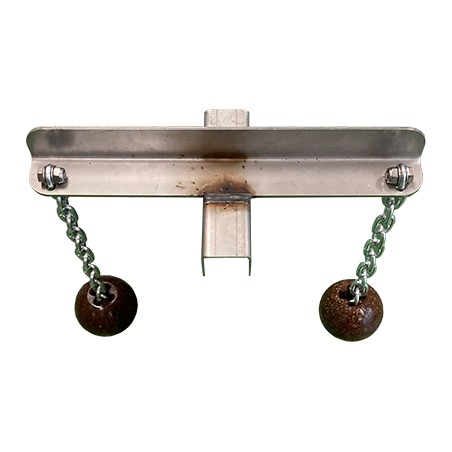The increasing demand on animal products expected for the next decades requires animal production systems to become more efficient in resource use. Most commercial operations feed all pigs the same feed at a determined time depending on the average BW of the batch, but without considering the variability of the population. However, low body weight (BW) pigs have been related to extra costs such as reduced barn utilization, losses due to the poor carcass grading and inefficiency of phase feeding strategies. Some studies have previously hypothesized the need to do different phase feeding strategies to pigs sorted by initial BW. The aim of the present study was to compare the effect of increasing the standardized ileal digestible lysine to net energy ratio (SID Lys:NE) over the performance of growing pigs sorted by initial BW in 3 categories (small, medium, and large). For that purpose, a total of 1170 pigs ((Pietrain × (Landrace × Large white) in pens of 13 were individually weighed, classified in 3 body weight categories (BWCAT): Large (Lp; 32.1 ± 2.8 kg), Medium (Mp; 27.5 ± 2.3 kg), and Small (Sp; 23.4 ± 2.9 kg). Afterwards, pens were randomly allocated to 5 dietary SID Lys:NE treatments (3.25 to 4.88 g/Mcal) fed over 47 days.
As a result, a greater linear improvement of growth and feed efficiency of Sp was observed compared to Lp when increasing SID Lys:NE. Modelling the response to SID Lys:NE using quadratic polynomial models showed that the levels to reach 98% of maximum growth from day 0–47 were 3.67, 3.88, 4.06 g SID Lys/Mcal NE for Lp, Mp, and Sp, respectively. However, due to the overlapping SID Lys:NE confidence intervals at maximum performance, it was not possible to determine if requirements were different between BWCAT.

In conclusion, these results suggest that small pigs could use more efficiently high SID Lys:NE diets compared to the large pigs during the growing phase (28–63 kg). Therefore, feeding small pigs greater SID Lys:NE than large pigs can improve their performance and increase the efficiency of the overall production system. This strategy might improve growth rate and feed efficiency, without increasing feed costs per kg gain.
Aymerich P, Soldevila C, Bonet J, Gasa J, Coma J, Solà-Oriol D. Increasing Dietary Lysine Impacts Differently Growth Performance of Growing Pigs Sorted by Body Weight. Animals. 2020; 10(6): 1032. https://doi.org/10.3390/ani10061032






